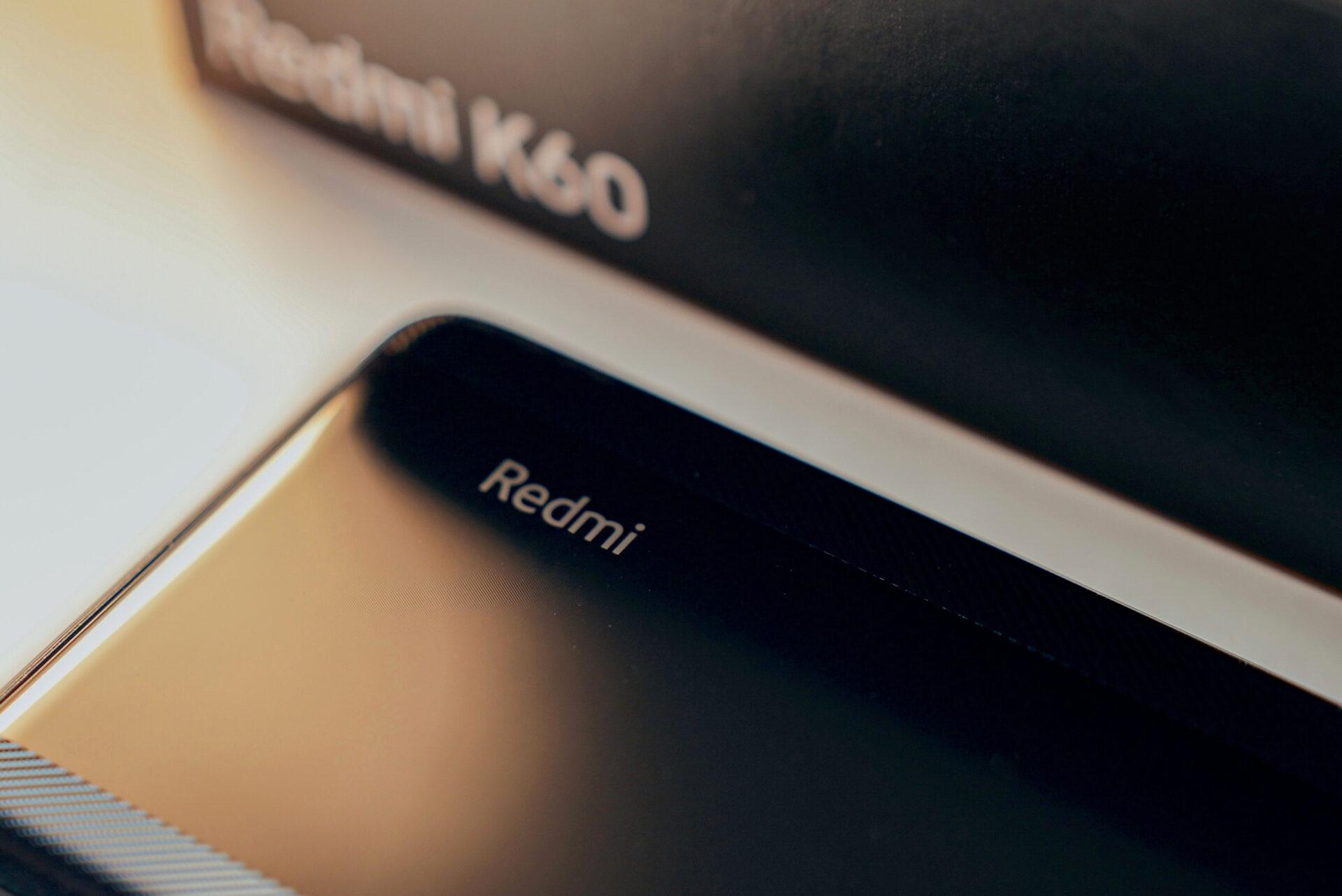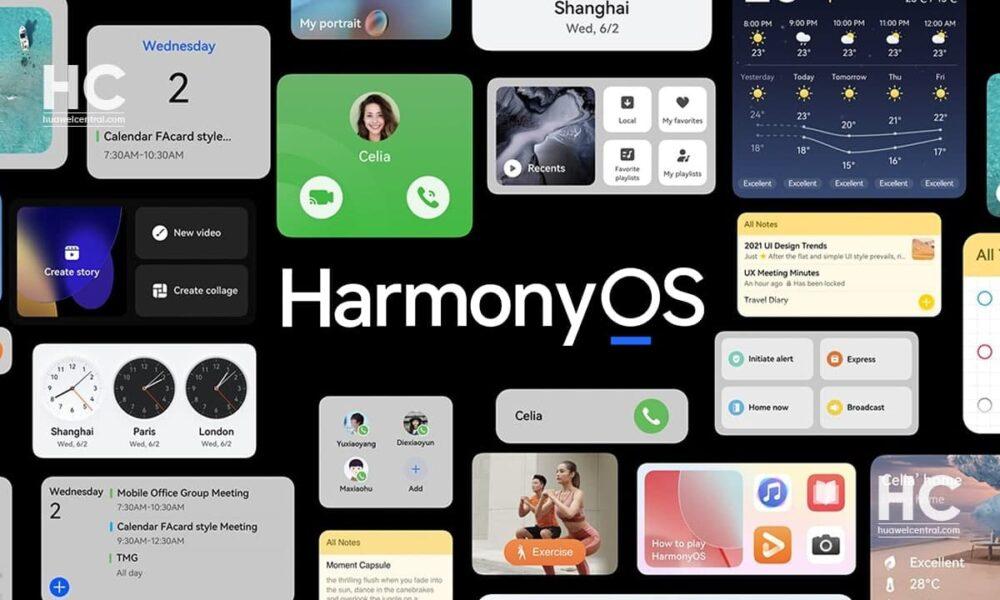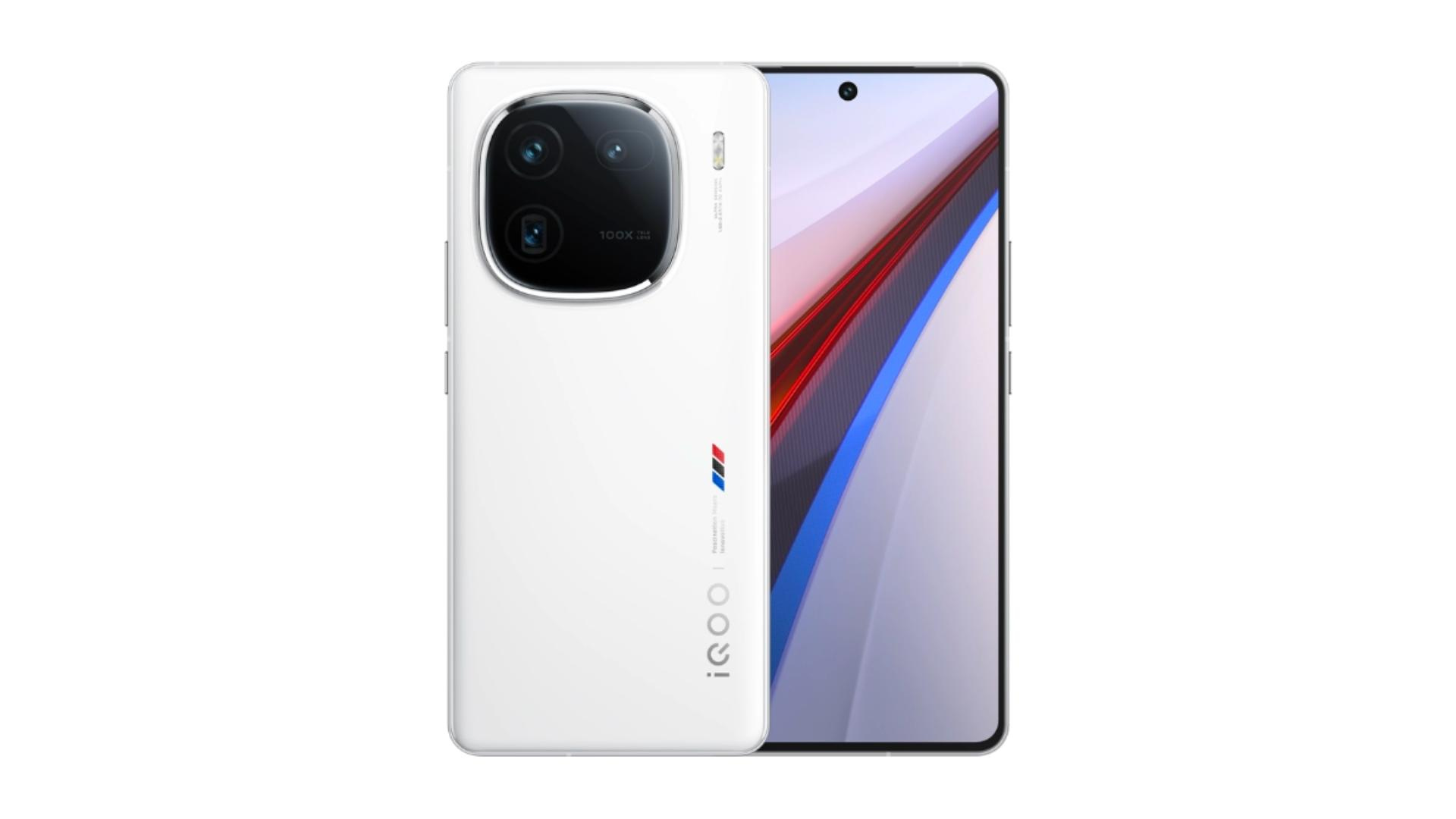Redmi K60 Ultra has undergone performance testing revealing very promising results. Xiaomi has unveiled some specifications of Redmi K60 Ultra a few days ago, but the phone has not yet been officially introduced. For more information about Redmi K60 Ultra, you can refer to our previous article.
We know the key specs of the phone but the further details like full camera specsheet, camera capabilities and the design of the phone is still a mystery.
Redmi K60 Ultra under performance testing
Redmi K60 Ultra is powered by MediaTek Dimensity 9200+ chipset, which stands out as the most powerful MediaTek branded chipset known to date, delivering impressive performance. However, it’s not only the Dimensity 9200+ that contributes to the Redmi K60 Ultra’s power, Pixelworks X7 chip also helps the phone when a graphic intensive app is running.
Pixelworks X7 functions as a visual processor, capable of upscaling on-screen images and increasing the FPS during gameplay with the interpolation method. Pixelworks X7 chip also reduces the GPU load, ensuring the phone runs cooler during heavy tasks.
Xiaomi’s latest update reveals that the X7 chip is compatible with 30 games and 101 apps for now, and support for Pixelworks X7 chip is expected to expand over time.
MediaTek Dimensity 9200+ vs. Snapdragon 8 Gen 2
Redmi K60 Ultra runs more efficiently and delivers higher performance than Snapdragon 8 Gen 2 at low clock speeds but when we push the phones with heavy load, Snapdragon 8 Gen 2 continues to maintain its lead.
The graph below shows how well the each chipset perform in terms of energy consumption and performance. Each chipset is represented by a different color curve. Brown for Snapdragon 8 Gen 2, grey for Dimensity 9200+, and red for Snapdragon 8+ Gen 1.
The closer the curves are to the upper left corner of the graph, the more efficient the chipsets are. At the beginning of the test, Dimensity Dimensity 9200+ is in the lead, but as the frequencies increase, Snapdragon 8 Gen 2 takes the lead. Another thing we notice in the graph is that the Dimensity 9200+ outperforms the Snapdragon 8+ Gen 1 at every stage of the test. It seems that MediaTek is apparently working very hard.
Here’s an image revealing the X7 chip in action. When you go deeper into the details of the photo, it seems that there is an upscale applied obviously, but despite the performance efficiency it brings, we think the X7 chip does a pretty good job. With the help of AI, the X7 chip helps the GPU to use less power and the phone runs cooler.
Dimensity 9200+ benchmark results
Redmi K60 Ultra achieved a score of 4004 points in Wild Life Extreme test and achieved 85% stability in the Wild Life Extreme Stress Test. This performance is likely to satisfy the power users.
Redmi K60 Ultra has not been introduced yet, but the test results seem quite promising. If you are excited about Redmi K60 Ultra, we have both good and bad news. The phone will be exclusive to the Chinese market but it will be launched globally under the name “Xiaomi 13T Pro.” While the phone’s branding may differ, what truly matters is the performance it offers.
Redmi K60 Ultra is expected to debut soon in China, while the global release of Xiaomi 13T Pro is expected in September. The timing may disappoint some impatient users eagerly awaiting the phone’s global availability.
The good news is that Xiaomi 13T Pro is expected to outperform Redmi K60 Ultra in terms of camera capabilities. You might think both phones are exactly the same but they will have minor differences. Although specific details are not yet available, we can confidently say that the camera systems of Redmi K60 Ultra and Xiaomi 13T Pro will differ from each other.








